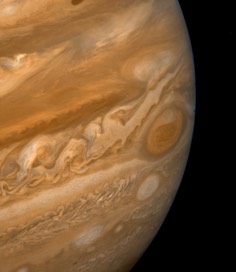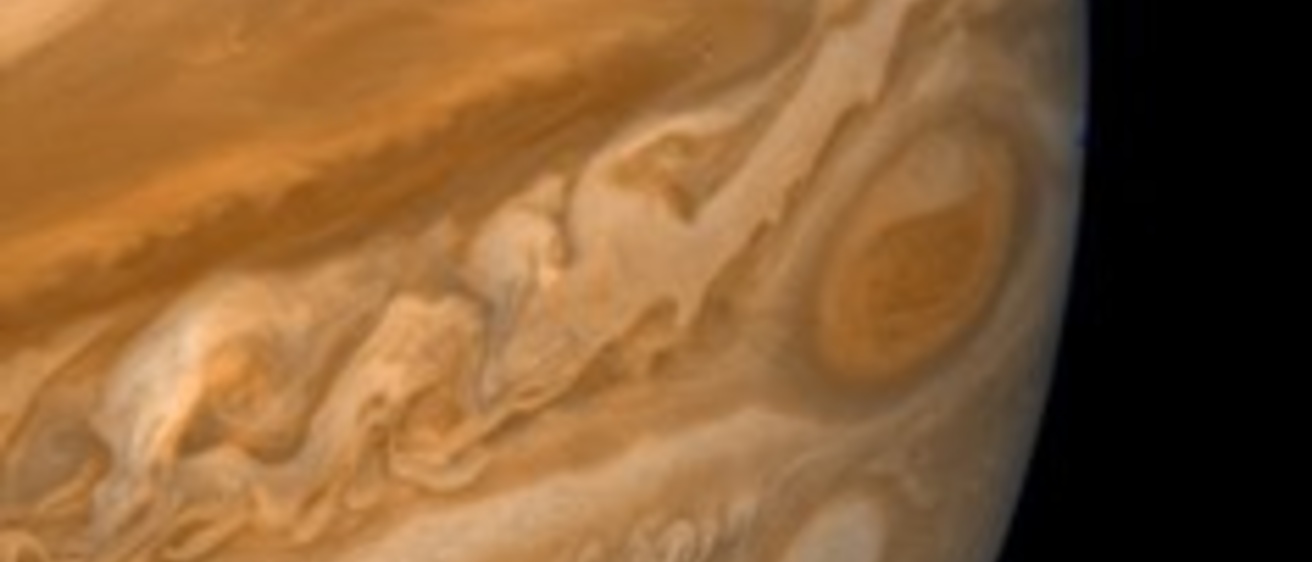
The exercises you are able to complete in this section will depend on what features are visible in your images. Some features, such as Jupiter's Great Red Spot, may be hidden on the far side of the planet if the images were taken at the wrong time. Atmospheric conditions on Earth may also render some features indistinguishable.
Your instructor may provide you with images to supplement your own, or may have you share your own images with groups who were less fortunate in their observations.

